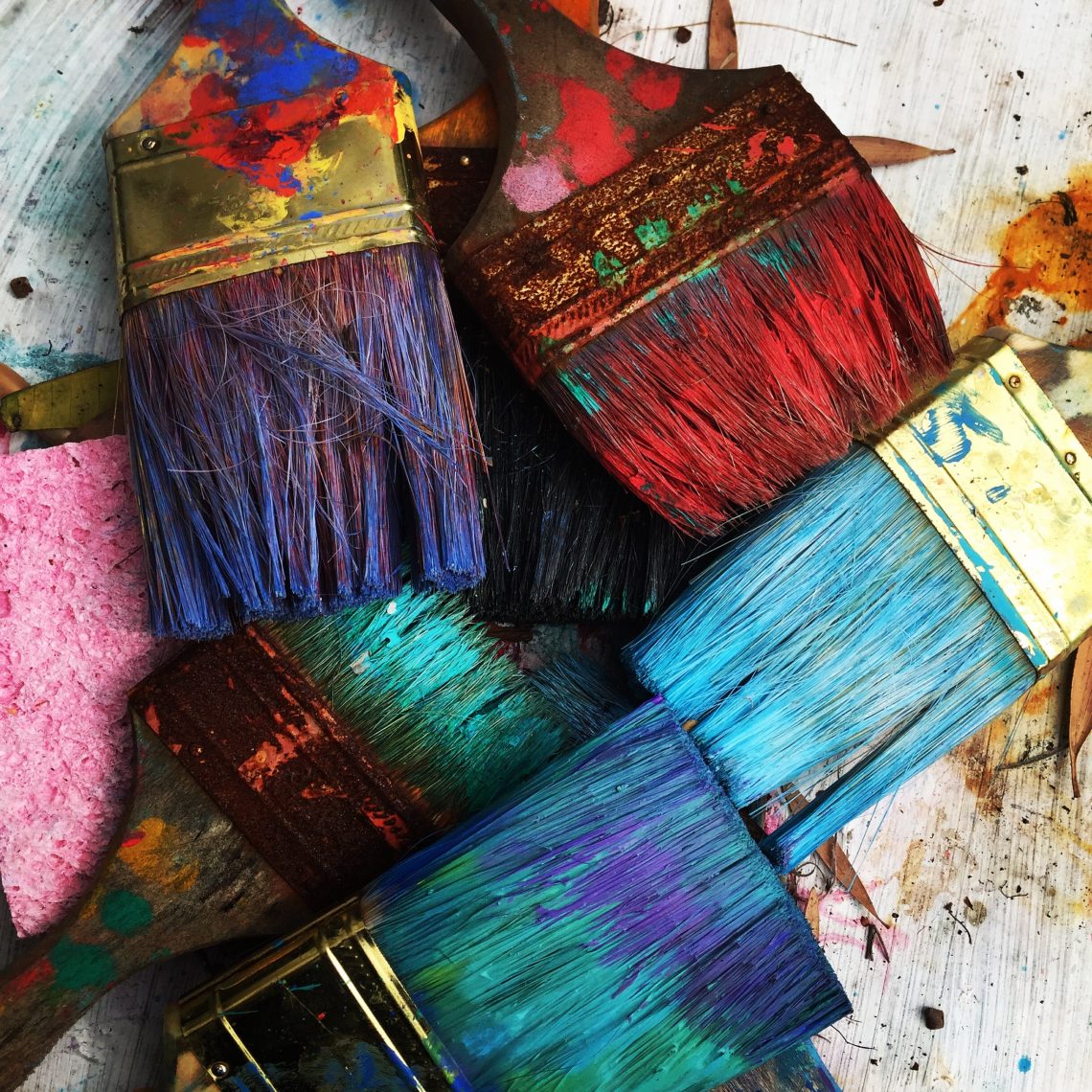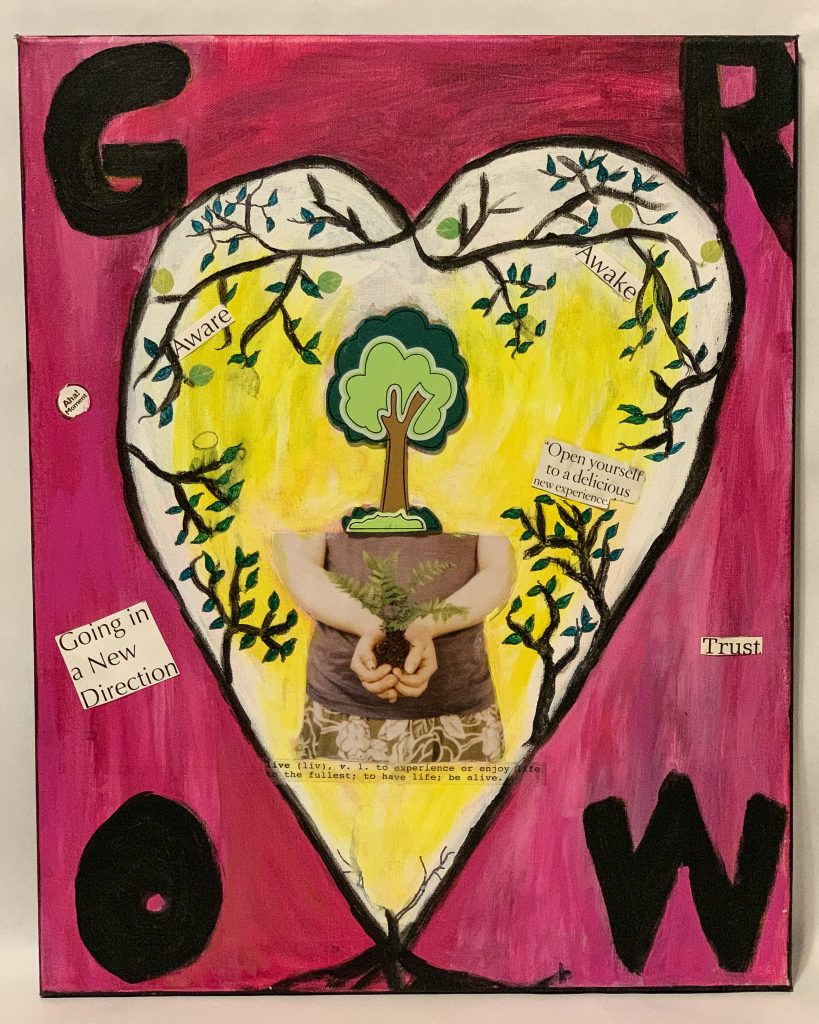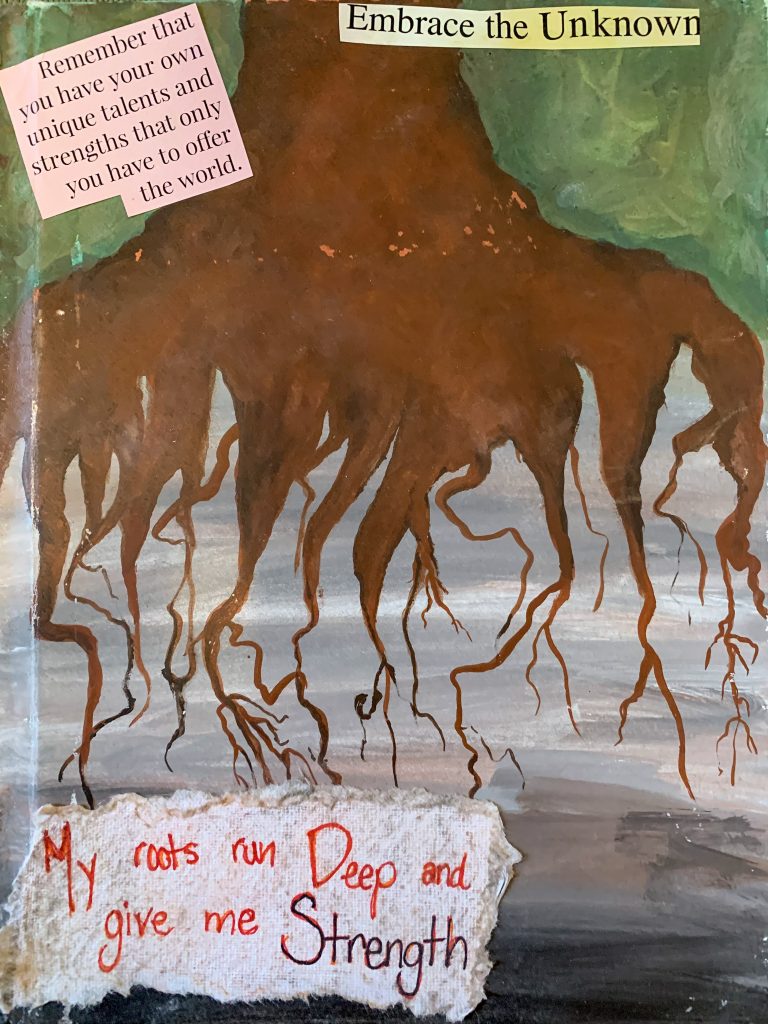
Art therapy is a form of expressive therapy that integrates art-making and the creative process with psychotherapy. This therapeutic method is rooted in the belief that individuals can enhance their mental health and personal awareness through the self-expression of art. Art therapy can be helpful in times where it is difficult to express emotions and thoughts in words. Sometimes our emotions can seem so overwhelming that we feel blocked and are unable to express ourselves verbally. The use of creative interventions can be beneficial when reflecting on past or current experiences, and processing trauma. Anyone can participate in this experience, as it does not require any particular skill or talent to take part in creative expression. Art Therapy can be used with individuals, families, couples, and groups, and is open to people of all ages.
The main focus is not entirely on the final image, as much as it is the process of creating art. Each art therapist has a slightly different approach. Whereas some sessions may be led with a specific prompt, other art therapy sessions may take on more of an open-studio approach. In the case where a prompt is given, this provides more direction and focus as to what the client wants to process during the session. An open-studio approach is typically one that does not follow a specific guideline or directive. There is no limit to materials, as art therapy can include painting, sculpting, drawing, collaging, coloring, or the use of multiple materials and found objects.
Our minds have a way of trying to protect us from pain and distress, which can sometimes lead to suppressed emotions and avoidance. Through creative expression, clients are able to gain personal insight, while confronting suppressed emotions and healing from past or current trauma. Some of our basic human needs and desires are to feel seen, heard, and understood without feeling judged or rejected. Visual processing helps you learn what it’s like to gain control and feel empowered by your own self-expression.
Pictured below are some examples of what art therapy looks like and how the process is used for personal reflection. The first image titled “Grow”, was created as a reflection of life changes and unexpected transitions. It is a normal instinct to try and plan and control the pieces of our lives. This individual used art to process unexpected life changes, and work through adjustment amidst a desire for control.
The second image titled “Roots”, was created out of a therapeutic prompt. The directive was to create an image that (to them) resembled strength and resiliency. This piece was created as a reflection of self-worth and self-acceptance.
The third image titled “Beauty in Brokenness”, is a piece that I actually did as a personal reflection of the impacts of COVID-19. I took a bare clay vase and broke it, glued the pieces back together, and stained the outside. The breaking of the vase is symbolic of the breakage and uprooting caused from the COVID-19 outbreak. I glued the pieces back together, and then stained the vase so all the cracks and missing pieces stood out. These cracks represent the scars, challenges, losses, and devastation caused from COVID-19. I wanted to make these visible and stand out as an encouragement to find the beauty and hope in healing. I used creative expression to process this on a personal and universal level. My concluding reflection was that the cracks are a part of us, but that they do not define us.


